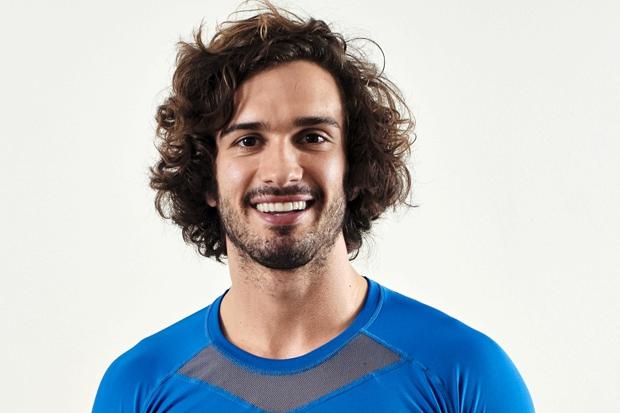
‘Body Coach’ Joe Wicks tells his army of online followers to eat fat, build muscle fast and stop weighing themselves
It’s hard to keep up with Joe Wicks. He moves at a mile a minute around his kitchen, darting from fridge to frying pan and knocking up the healthiest-looking omelette in less time than it would take to prepare a ready meal. Wicks thrives on speed. He has made his name as the Body Coach, a health and fitness trainer who advocates snappy workouts and fast, nutritious meals with catchphrases like “lean in 15”. He also happens to be quite easy on the eye, which helps when you’re promoting yourself through photos and videos. Certainly, plenty of Instagram users have noticed. If you haven’t heard of him, his response would be “yet”. For Wicks is one of a new breed of “Instagram gurus”, those who have made their name on the social networking site, and is set for the mainstream.
From relative obscurity, the Surbiton-based expert has risen to have 43,000 Instagram followers and 13,000 more on Twitter, each hanging on his every word. Most days he treats his followers to tips and advice on how to shed fat, in addition to providing his 15-second recipes and 15-minute workout videos.
“I’m on a mission to get people off diets and burning fat by eating real food and lots of it,” Wicks says. “I want girls, in particular, to spend less time in the gym and to realise that they can lift weights to build a strong body.”
The 29-year-old has spent the last decade researching and refining his approach to leanness. He has a sports science degree from St Mary’s University in Twickenham and, despite admitting to be “self-taught in nutrition”, has amassed a vast experience working with clients, from attendees at his boot camp classes in nearby Richmond Park to top sportspeople, all of whom have shared the goal of shedding weight.
What has struck him over the years, he says, is that there is no quick fix to fat loss. “It needs to be a consistent and persistent approach if you are going to be successful,” Wicks says. “And people need to know that any diet that is restrictive in terms of the macronutrients [fat, protein and carbs] it excludes is not going to work in the long term.”
Much of his advice is free, although those who want more can subscribe to his 90-day Shift, Shape and Sustain plan at £147. So far, more than 2,000 people have put themselves through the regimen of high-intensity training, heavy weights and a diet that prescribes carbs when you need them (during hard training, for example) and more healthy fats and protein when you are taking things easier on the exercise front.
Wicks encourages his followers to take before and after pictures, partly as a motivational tool. “It’s far more effective than weighing scales,” he says. “Seeing how much your body has changed can be hugely motivational.”
What makes his approach different? For starters, food is not restricted; instead he recommends three meals a day with up to two snacks. “You are very unlikely to feel hungry,” he says. “Under-eating is bad news because it eventually causes a loss of muscle tissue and a lowering of metabolism that makes results hard to obtain.”
And exercise sessions, although tough, are short. “I hope to teach people how easy it is to take their fitness and health into their own hands,” Wicks says. “After 90 days many people have changed their habits for the long term.” His audience is growing by the week and is spreading outside the social media network. Having launched a YouTube channel, The Body Coach TV, his next project is the book he is planning to write. He is part of a new generation of fitness experts, one whose cutting-edge views go viral before they become a household name.
“I truly believe the health industry needs to change,” Wicks says. “I want people everywhere to change the way they live and to throw away the scales.”
The Body Coaches’ top ten fitness rules
1 Eat more food
I’ve seen so many people who have restricted their calorie intake to a ridiculously low level, such as 600-1,000 a day, and find that they still can’t lose weight. It’s no surprise, really. If you eat poorly it is impossible to provide the body with the nutritional support it needs to fuel an exercise programme. The first thing I tell clients is that they can eat a lot more than they may have thought, because their energy demands will increase through intense exercise. I advocate three meals a day with up to two snacks. You don’t need to feel hungry.
2 Exercise every day
My approach to exercise is largely based on high-intensity, short duration interval training. This gets results but is too demanding to do each day. Your session should last no longer than 25 minutes with a 5-minute warm up and 5-minute cool down. You can train hard on 4-5 days a week, but even on rest days you should be active and focus on stretching and mobility with Pilates or yoga, as well as plenty of walking and gentle cycling.
3 Don’t weigh yourself
Too many are unhealthily obsessed with the scales. Your weight is not the whole story and can be a misleading guide to how much your body has improved. I’ve seen people who have transformed their fitness and looked lean and toned beyond recognition, yet have dropped only a few pounds on the scales. Does it matter? Not at all.
4 You should be sweating and breathless when exercising
I’m often asked how much effort you should put in during high-intensity training sessions and the answer is to make them “as hard as you can”. Your own body is the best barometer of effort: if you are not sweating or breathless, you are not pushing yourself hard enough. Of course, you may need a medical check-up before starting any exercise regime, although it is difficult to overdo it with the kind of short exercises I prescribe.
5 Eat white bread
A lot of nonsense is talked about bread but it can [actually] play an important role in the diet. I’m a fan of white bread after a workout. Because it is high-GI, it is rapidly absorbed by the body which replenishes the carbs used during exercise. A favourite post-workout recipe of mine is the “Build-Up Bagel”. To make it you will need a brown or white bagel, 60g deli-turkey or sliced chicken breast, 1 slice deli-beef, 1 boiled egg (sliced), 1 tomato (sliced), 10g low-fat cottage cheese or 1 tsp Total low-fat Greek Yoghurt, 1 tsp Walden Farms BBQ Sauce. Spread one side of the bagel with the cheese or yoghurt and the other with the BBQ sauce. Pile in the other ingredients. My clients love it.
6 Women should lift heavy weights too
The trend for high-repetitions with ultra-light weights is ineffective for building lean muscle tissue and getting a toned look; this is as relevant for women as it is for men. Instead, lifting progressively heavier weight can act as a catalyst for muscle growth. Aim for a weight that allows you to perform ten repetitions, and then increase that number, gradually, as you become stronger. Women will not bulk up with this approach. It’s a myth that lifting weights can cause you to fill out — it is actually quite difficult for a woman to end up looking very muscular, instead of very toned.
7 Eat fat to get lean
It’s a concept people struggle to comprehend, but healthy fats are important should you want to get lean. Essential products to keep in stock are Lucy Bee Coconut Oil (for cooking), avocado, flax seeds, eggs, Total Greek Yoghurt and olive oil, to add to salads. I’m a fan of breakfasts filled with good fats on a training day as they help to fuel your workout in the afternoon or evening. A great high-fat choice is my Greek omelette. You will need 100g cooked spinach, 4 medium eggs, 35g crumbled feta, 4 spring onions, 2 tablespoons of chopped, fresh dill, 7g coconut oil and seasoning. Squeeze the spinach to remove excess water. Place the 4 eggs in a bowl and whisk with a fork. Add the feta, spring onions, dill, spinach and seasoning. Heat the oil in a pan, pour in the egg mixture and tilt the pan to distribute evenly. Reduce the heat and cook until the bottom is golden brown.
8 Eat a balanced diet (but eat the right thing at the right time)
I am very much against the mixed messages that permeate from the diet industry. Everyone has become confused about what to eat. Cutting down on certain food groups at the expense of others is wrong. What matters is balancing your macronutrients and eating the right thing at the right time. Protein intake is important for muscle growth, recovery and satiety. But on a hard training day, you need a greater ratio of carbs, and less fat, to fuel your efforts. On a rest day you should drop the level of carbs and slightly increase the level of healthy fats.
9 Fill your cupboards with carbs and proteins
In addition to healthy fats, there are certain foods that are essential for your shopping list. In terms of healthy carbs, make sure you always have sweet potatoes, jasmine rice, rice noodles, quinoa and porridge oats in the cupboard. Stock your freezer with healthy protein sources, such as extra-lean minced beef, turkey breast, chicken breast, cod and salmon.
10 Quick fixes are bad news
Getting in shape cannot and should not happen overnight. Any diets that promise that are to be avoided. Exercise and healthy eating need to work hand-in-hand for long term results; for lasting differences you must allow between 90 days or three months before you can start seeing changes.
